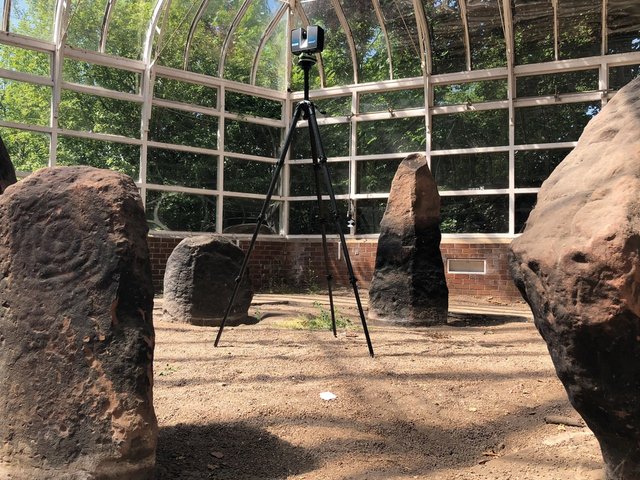The long-running saga of Henry Moore’s sculpture The Arch in London’s Kensington Gardens seemed slightly closer to a resolution last month, with the completion of a study for its re-erection, using the latest rock engineering techniques. It had been dismantled 12 years ago, for safety reasons. Scientists at Imperial College London, assisted by Glasgow School of Art and Tate, generated 3D computer simulations, to analyse the structure and the stresses of the 1980 sculpture. They concluded that its unusual shape (based on sheep collar bones), the poor location of the structural joins which held the blocks together, and the use of brittle travertine stone all contributed to the problems. The researchers have devised “a new method to allow the sculpture to be held together without compromising its structure”. This includes attaching the legs and top with fibreglass bolts and dowels, and placing the six-metre high Arch on a base of reinforced concrete. A Royal Parks spokesperson said: “This is a step forward. We now need to consider the feasibility of restoring The Arch and raising the necessary funding.”
Henry Moorearchive
High-tech study could give new life to Moore’s Arch
Development in conservation of sculpture
31 May 2008


